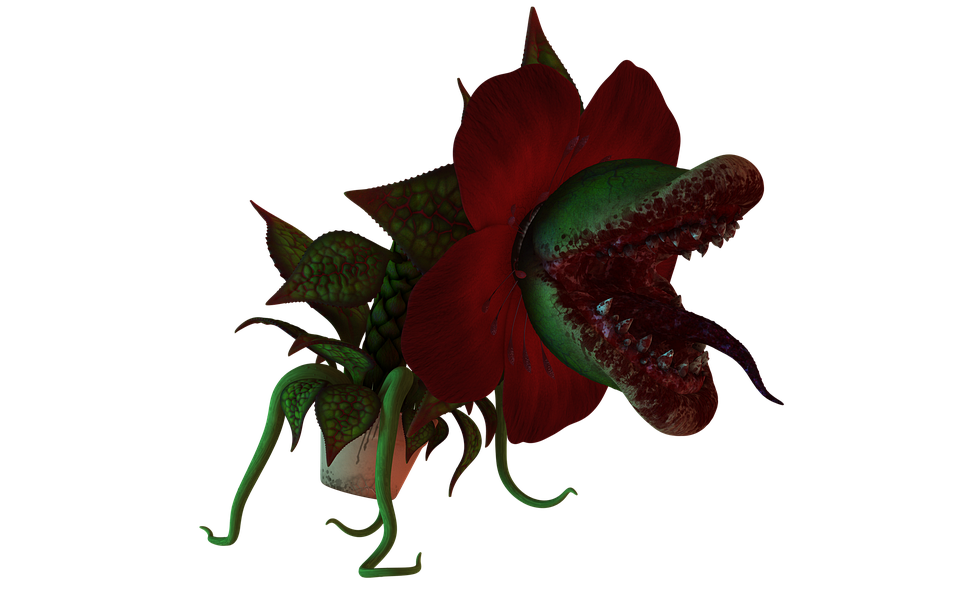
Carnivorous plants
We've heard, usually in stories, about monstrous flesh-eating plants that can eat people.

OK, yes, some plants do eat living things and, truly, it is a bit of a disgusting thought. But it must also be said the monster factor behind is a bit overrated.
So summon your courage and dive, if you dare, into the world of carnivorous plants.
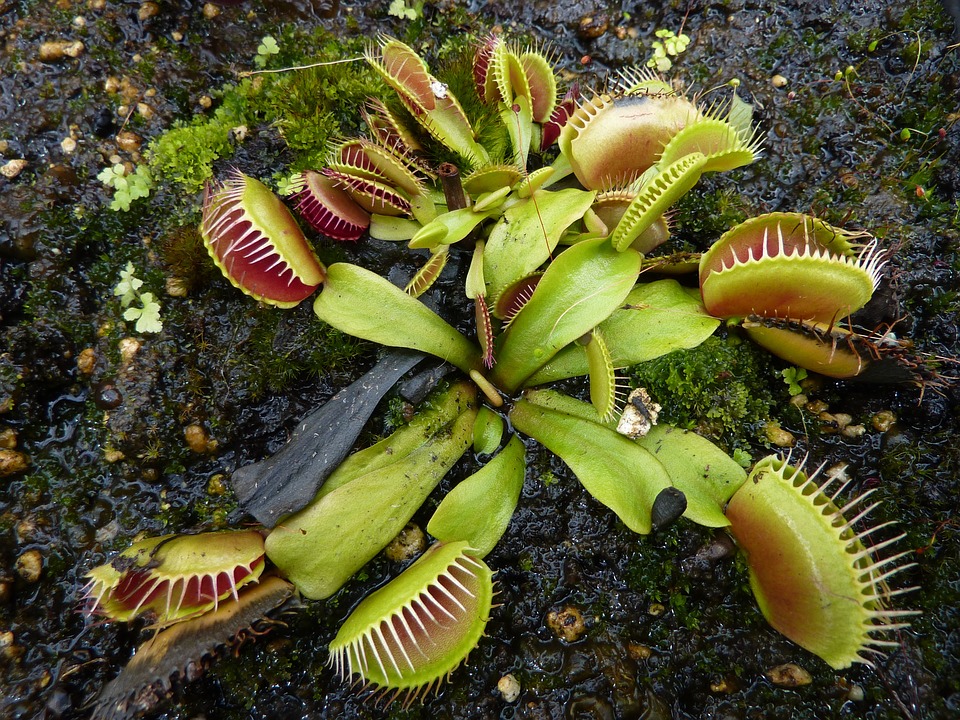
Breaking bad
All plants need four things to grow and thrive:
Light for it to make sugars for energy by photosynthesis.
Carbon dioxide in the air to help with photosynthesis.
Water
Nutrients (food, if you like) to help it grow big and strong.
Usually, plants get their nutrients from the ground, that's where the roots come into the picture.
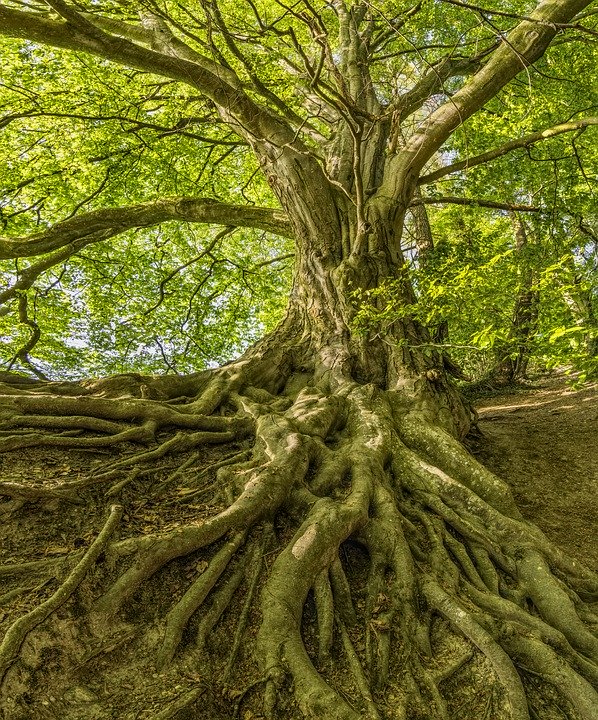
Alas, some poor plants grow in places where the soil is lacking in enough nutrients.

So these plants turn to the only available source of nutrients – animals.
These plants turned carnivore.
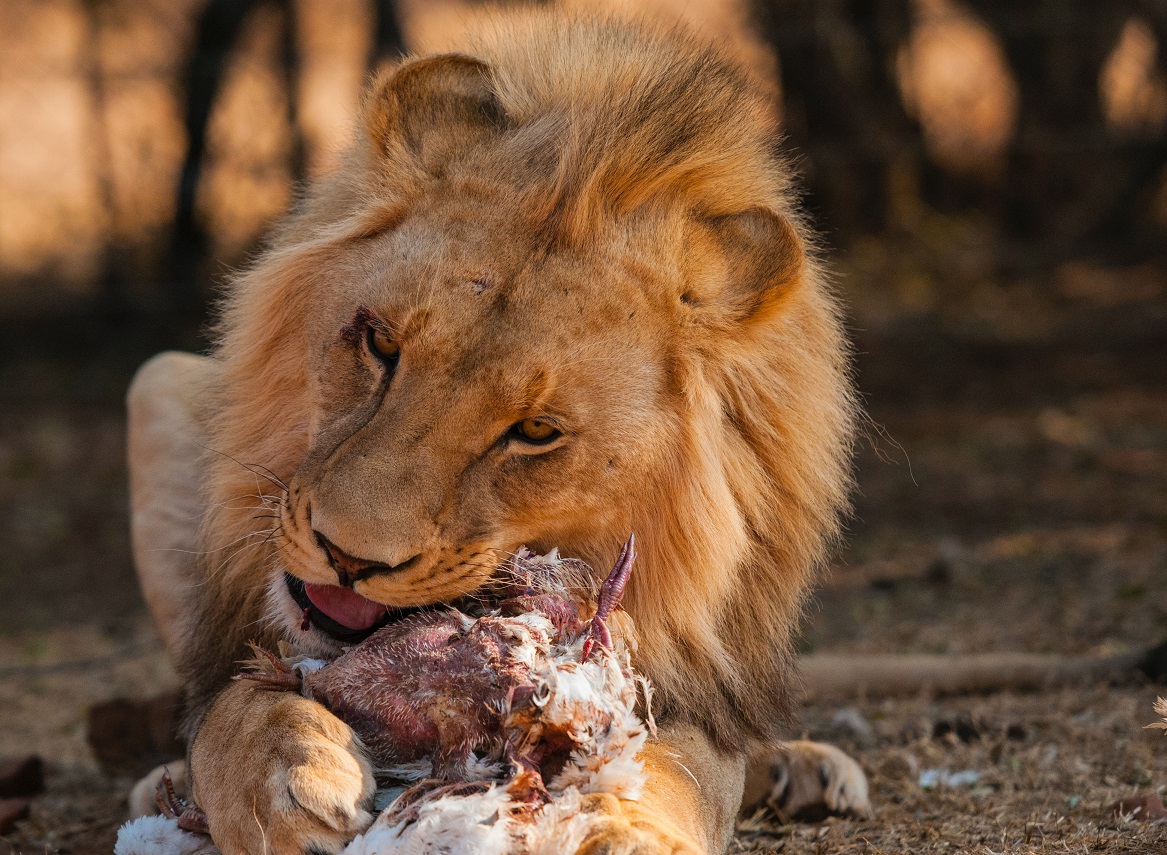
Well, not that dramatic – these are only plants we're talking about. Still, to supplement their poor soil diet these plants trap animals, usually insects, and digest them to get the nutrition they require. Disgusting, but perhaps somewhat interesting? Let's learn about some different types.
Some different types
There are many different carnivorous plants with different ways of getting their snacks. Below are a few.
Monkey Cup
The Monkey Cup plant is a type of pitcher plant. Simply, this plant grows what looks like bags.

Photo by “Anand2202”*
A scent draws insects onto the bag. The bug crawls around it and, thanks to a slippery inside, falls into it. Once in, the bug drowns in the liquid inside and gets digested.
The plant gets its name because monkeys have been known to drink the fluid inside.
Cobra lily
The Cobra Lily isn't really a Lily, but it is so named since it looks like a cobra sitting up.
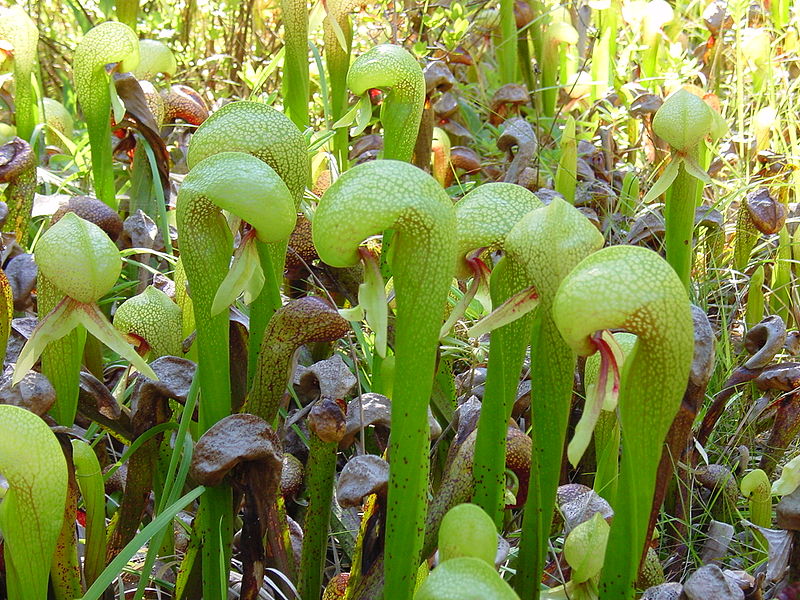
Cobra Lily picture, author unknown.**
But the Cobra Lily is a villain in disguise.

Once a flying insect gets inside, tiny windows confuse the insect until it gets worn out. It finds a place to land, only to slide down to a liquidy end.
Cape Sundew
The Cape Sundew traps insects in its leaves.

Tiny hairs alert the leaf that some would-be victim has landed on it. Once this happens the leaf folds over and traps the meal.
Venus Flytrap
The most famous of them all is the Venus Flytrap. It is similar to the Cape Sundew, only it has two leaves that get sprung and trap the unsuspecting insect.

Photo by Jason***
The care and maintenance of your flesh-eating plant
Many people have a carnivorous plant at home and find them enjoyable. Different plants have different requirements, and you should learn about their needs should you choose to get one. But here are some general guidelines for these types of plants:
Give your plant plenty of light.
Don't overwater. Sometimes just misting it with a spray bottle is all that is needed.
In the case of a Venus Flytrap, or other such plants, go easy on springing the trap – although it is fun. After all, a closed trap cannot catch a meal.
Don't feed bits of meat into the plant. The plant probably cannot digest it and so it would just sit there and rot. Not healthy.
At home or in the wild, these predators of the plant world are fascinating as well as clever. They say it's a dog-eat-dog world. Perhaps, the same can be said for some plants.
Fun for the family
Try growing your own carnivorous plants. Warning: The first time I tried growing some from seeds the seeds I got were too small to see. Nothing grew and I wasn't sure I even was able to plant them. Perhaps consider getting plants already growing.
On the web
The wild world of carnivorous plants - Kenny Coogan
This video talks about a variety of different carnivorous plants.
Carnivorous Plants 3 Easy Plants That Eat Bugs: Venus Fly Trap, Pitcher Plant, Monkey Cup!
Host Shirley Bovshow (aka Edenmakers) shows off three different varieties of carnivorous plants.
Carnivorous Plants Growing & Care
This site, hosted by Carnivorous Plant Nursery, gives tips for growing your own.
*License by creative commons 4.0.
**License by creative commons 2.5.
***License by creative commons 2.0.
Don't miss out on future posts! Sign up for our email list and like us on Facebook!
Check out more hot topics, go back to Home Page
Comments? You can contact me at mailbox@thehomegrownprofessor.com